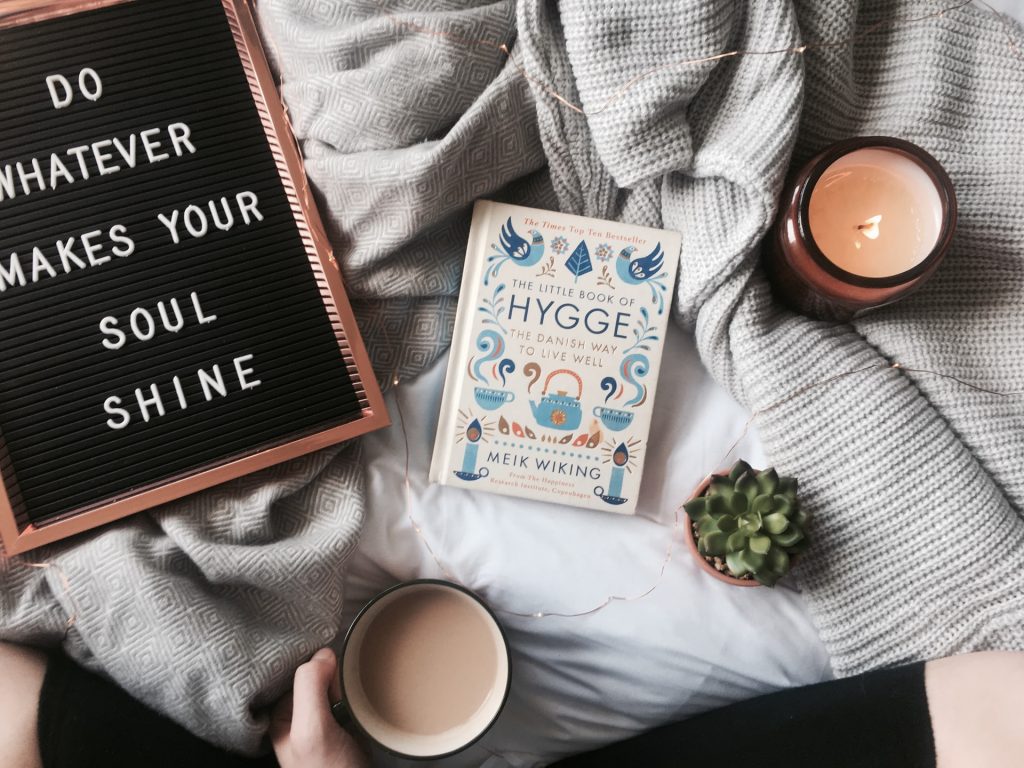Probably the hyggeligst beer market in the world
Beer in Denmark ǀ Scandinavians are good at PR and Denmark is no exception. Every once in a while, they throw us a cultural bone such as “hygge”; we take it, and they run with it. If you think that by pulling out a few candles hygge will be your middle name, you are mistaken. Danish hygge is more nuanced and extensive. It means embracing whatever may come, not least in the brewing industry.
It is easy to sneer at “hygge” (pronounced “hoo-ga”) as yet another interior design fad that has featured prominently in international lifestyle magazines for several years now. Lavish photographs of Blondes relaxing by a blazing fire with a cup of hot cocoa have accompanied ads for candles, mantlepiece decorations, Scandic furniture and, most importantly, faux fur throw blankets. Yet the commercialisation of cosiness and comfortable conviviality, to make female consumers buy more stuff for their homes, should not blind us to the fact that for Danes it represents much more.
Hygge is the essence of Danishness. According to Meik Wiking, CEO of the Happiness Research Institute in Copenhagen, and author of “The Little Book of Hygge: Danish Secrets to Happy Living” (2016), it is “a defining feature of our cultural identity and an integral part of the national DNA.” In a nutshell: “What freedom is to Americans … hygge is to Danes.” Strikingly good looking and bearing a surname so fitting to promote hygge, suspicious-me has long wondered if Mr Wiking is not a fictive persona, cunningly created by an advertising agency. But apparently, he does exist.

Seriously, despite the international appropriation of hygge as a lifestyle concept to achieve happiness, hygge reflects the values of a patriotic and homogeneous Danish society: equality, consensus, harmony. It functions as a cultural Überbau, all Danes can tap into for self-identity and a sense of community, as well as a code of conduct which informs social interactions as well as business dealings.
As I see it, it rests on very civil behaviour. Danes do not brag or seek attention. Certainly, they do not rock the boat or fall into hysterics over some issue or other. Of course, they are not above feral feuding, sniping, and backstab(bing, as we learnt from watching the international smash hit, the Danish TV series “Borgen”. But all would be done behind closed doors to maintain a semblance of humility and accord. Dragging conflicts out into the open is definitely very much “un-hyggelig”.
Losing an empire
Ultimately, hygge is more than a lofty ideal of Danishness. It can be experienced or lived too, by spending time together with family and close friends over a meal or a picnic. This “inward turn” might be attributed to Danish history. Denmark was not always a small country of just 5.8 million people. For centuries, Denmark vied with Sweden for imperialist leadership of the Nordics. Previously, Denmark ruled over Norway, parts of Sweden, Iceland, Greenland, and the Faroe Islands.
About 200 years ago, the Danish empire began to crumble. In 1814, Denmark lost Norway to Sweden, and in 1864, after the Dano-Prussian War, it had to cede the duchies of Holstein, Lauenburg, and Schleswig to the Germans. As a consequence, Denmark lost about 30 percent of its territory and 40 percent of its population. That was before Iceland gained its independence in 1944, whilst Greenland’s colonial status ceased in 1953, with Greenland becoming an autonomous territory within the Kingdom of Denmark.
Where is the beer?
As the centrality of hygge to Danish identity began to sink in, I was appalled to see that the iconic photographs promoting Denmark as a tourist destination hardly ever feature people enjoying a beer. Google “Denmark+hygge+images” and judge for yourself. The semiotic message is: hygge squares with hot drinks and wine but not with beer. How can this be? After all, research firm GlobalData says in a recent report: “Beer has historically been a part of Danish culture and the strong cultural relationship with beer has ranked Denmark as one of the highest beer consuming nations.”
However, from a peak of 146 litres per capita in 1990, beer consumption has declined to 62 litres (figure for 2019 before covid hit). This is not a lot when compared with Europe’s beer guzzling nations like the Czech Republic (142 litres), Austria (107 litres), Germany (100 litres) and Poland (98 litres). I have since learnt to mistrust consumption data, having found out that Denmark, in actual fact, doubles as a shunting station for beer.
Due to average prices for beer descending, from “very high” in Sweden to “very cheap” in Germany, Swedish brewers export their beers to Denmark. There, Swedish bargain hunters pick them up and take them home in the back of their cars. Same with Danish beers. Danish consumers do not mind driving to Germany’s border shops, where specialist retailers, like Fleggaard, offer Danish beer brands at German VAT and excise rates (both lower than in Denmark), which are also exempt from deposit.
The rest of this report is reserved for subscribers to Brauwelt International.
